What is Smoked Cooking and Its History?
Smoked meat is believed to have begun in primitive paleolithic times. Caves or huts had no chimney, so when the fire was discovered, the cave would have been exposed to too much smoke. It is believed that it was discovered that the first cavers would hang meat to dry their homes, and then accidentally smoke would give a different flavor to the meat. It also helped protect the meat better.
Then they started to combine different methods of meat preservation together with salt before the smoke fumigation process. This process helped to preserve even longer, as it removes all the liquid from the meat. This process, which is still applied today, is applied in pastrami derivatives. In the past, the aim was to collect it in the summer when the food was abundant and to keep it in the winter months when the food decreased.
Which Foods Are Smoked?
All kinds of food, cheese, meat, fish, even alcohol and drinks can be smoked. Especially high-fat foods are preferred, because the oil traps flavors and softens the food. Curing or dry brine can be done before fuming. Brine is made using an equal proportion of rock salt and sugar. It is ensured that blood and liquid inside the meat are removed from the meat by applying plenty of meat all over the meat.
Removing blood and fluids allows us to keep the meat intact for longer periods. In fact, if there is no simple liquid, bacteria and fungi decrease at that rate, so making brine is important at this stage.
How To Make Dry Brine?
Dry brine, just like our pastrami, open small pouches on the meat to be smoked. Plenty of rock salt is allowed to penetrate every surface of the meat. Then this process can take between 30 minutes and two days depending on the type of meat. In order to prevent the meat from spoiling during this process, the process is continued in a cold area such as a refrigerator by draining the liquid continuously.
Which Wood Types are Used?
Fumigation is done by leaving wet damp wood and logs on the core. The tree types used vary according to the desired aroma; Tree aromas are sorted from 1 to 5 with a degree of intensity, 1 soft 5 intense aroma. Different tree types should be preferred according to the type of food, these trees;
Alder Woodchip – Grade 1/5 It gives a soft flavor and is suitable for fish products, (Salmon, Swordfish, Sturgeon, Whiting, Poultry and Pig)
Apple Woodchip – Grade 2/5 It is also soft sweet but sharp as aroma, it gives smoked fruity aroma, (It is used in Steak and Red Meat, Poultry, and Game Animals and Pig)
Cherry Woodchip – Grade 3/5 Gives soft and sweet, fruity smoked aroma. (Ideal for Poultry, Game Animals and Pigs.)
Peach or Pear Woodchip – Grade 3/5 Gives soft sweet and woody smoked flavor. (Ideal for Poultry, Game Animals and Pigs.)
American Walnut Woodchip – Grade 4/5 Gives soft sweet and woody smoked flavor. (Ideal for Poultry, Game Animals and Pigs.)
Maple Woodchip – Grade 4/5 Has a sharp, woody and smoky smoky aroma. (Ideal for Cheese, Red Meats, Poultry, Game Animals and Pork, especially for Beef and Pork and bacon.)
Oak Woodchip – Grade 5/5 A sharp, succulent and pleasant flavor is sometimes slightly acidic, so it is used by mixing with other woods. (Used for Red Meats (Ribs), Poultry, and Pork meats.)
Fümeleme İşlemi?
Herşey hazırlsa fümeleme işlemine başlayabiliriz. Fümelemede dikkat edilmesi gereken şeyleri sıralayalım.
- Etin hayvanın yağlı ve kemiğe yakın bölgelerinden seçilmesi önemlidir (Kaburga, Pançeta, İncik, Gerdan, Oxtail).
- Yağlı olmayan bir et kullanılacaksa mutlaka kavram yağı veya farklı hayvansal yağlar ile kaplanıp bağlanmalıdır.
- Eti öncesinde bolca baharat ile kuru marinasyon yapmak veya kuru salamura yapmak önerilir.
- Et’in iç ısısını piştiği ortamın derecesini sürekli ölçebilmek gereklidir.
- Pişirme işlemi sırasında sıcaklık ete direkt olarak gelmemelidir.
- Eti kurutmamak için pişirirken altına mutlaka bir kap ile bol sıvı konulmalıdır.
- Pişirirken sıcaklık yükselirken eti nemli tutmak için sprey ile 30 dakikada bir su sıkmak veya eti muz yaprağı, yağlı kağıt veya aluminyum folyoya sararak pişirmek etin nem kaybını önleyecektir.
Pişirme Düşük sıcaklıklarda 52-53°C başlayarak, sonrasında 80°C dereceye ardından da 100°C derecelerde çıkararak pişirmeyi tamamlamak. Sulu lokum gibi füme et için bu sıralama olmazssa olmaz. Bu derecelerle pişirme olur mu demeyin, sıcaklık düşük ise bize gerekli olan şey biraz daha zaman; Düşük sıcaklıklarda pişirme yapıyorsak süreyi uzatmamız gerekir. Bu şekilde uzun sürelerde pişiriyorsak hata yapma olasılığınız düşecektir. Tabi kuralları harfiyen uyguladığınız şekilde nefis bir fümeye sahip olabilirsiniz.







